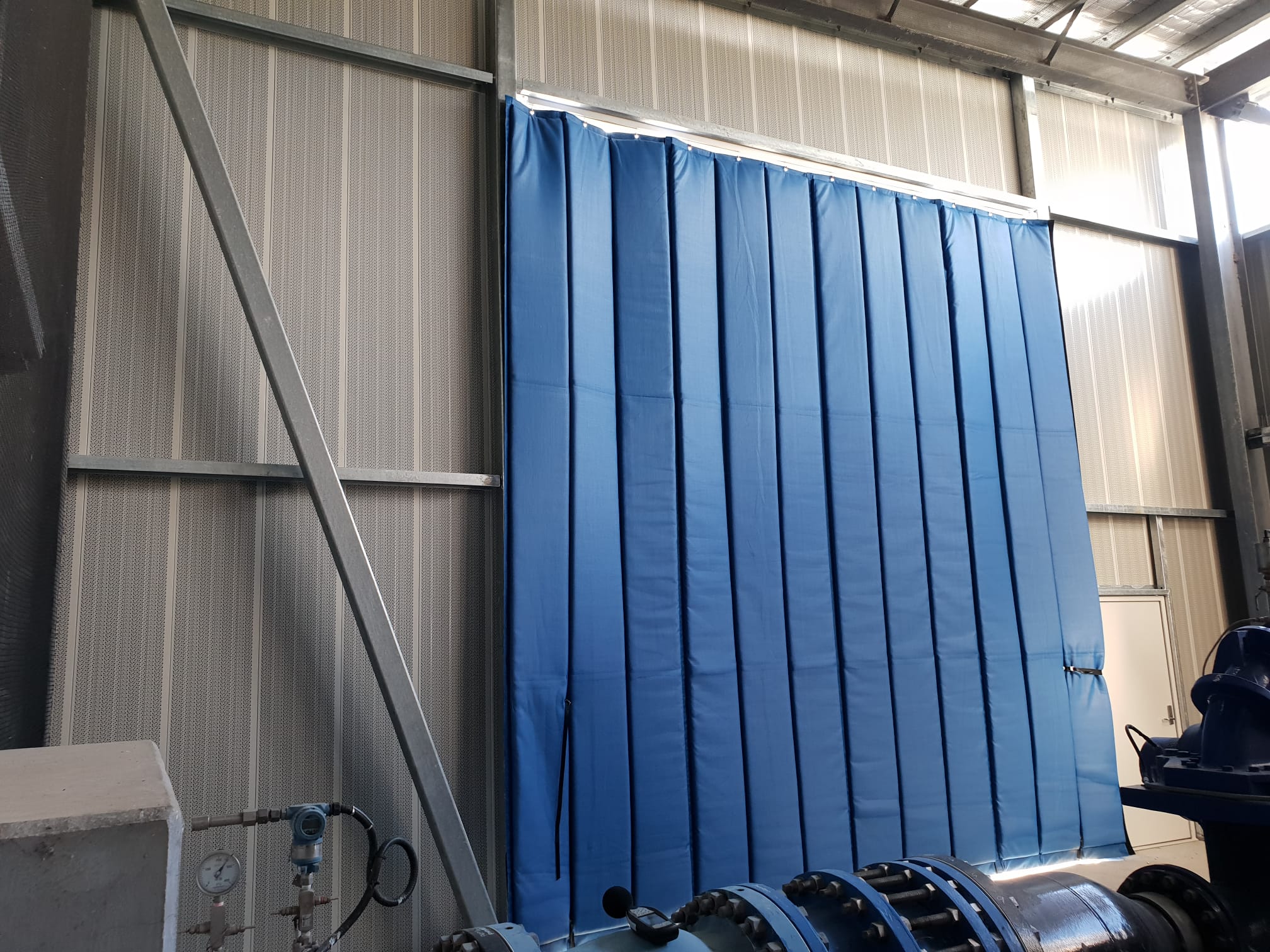Call 1300 799 969 | Contact Us


Home » The Effects of Low Frequency Noise in Industrial Settings
The human ear is sensitive to sounds within a frequency range of 20 Hz to 20,000 Hz. Sounds with frequencies below 20 Hz are called infrasound, while those above 20,000 Hz are called ultrasound. Low-frequency noise – a type of sound that is characterised by its low pitch – is defined as frequencies between 20 Hz and 200 Hz, below the range of human speech but which can still be heard and felt by the human ear.
Low-frequency noise can often be felt as pressure in the ears. This type of noise is commonly found in industrial environments, where machinery and other equipment produce low-frequency sounds that can harm human health.
One reason why low-frequency noise creates a feeling of pressure in the ears is that these sounds have a longer wavelength than higher-frequency sounds. As a result, low-frequency sounds can travel further and penetrate deeper into the human body, causing physical sensations that are not experienced with higher-frequency sounds.
Another reason low-frequency noise can create a feeling of pressure in the ears is that the human ear is not well-equipped to filter out this type of sound. Unlike higher-frequency sounds – which the shape of the human ear canal can attenuate – low-frequency sounds can penetrate deeply into the ear and affect the inner ear, causing discomfort and even damage.
Industrial machinery and equipment such as generators, compressors, pumps, and fans often generate low-frequency noise. These machines produce sound waves that are typically characterised by their low pitch and high intensity. As these sound waves propagate through the air, they can cause vibrations in the ear canal, creating pressure in the ears.
From an industrial noise perspective, low-frequency noise can pose a significant health risk to workers. Exposure to high levels of low-frequency noise can cause various health problems, including hearing loss, tinnitus, and even cardiovascular disease. What’s more, low-frequency noise can harm worker productivity by reducing concentration levels and causing fatigue.
To mitigate the risks associated with low-frequency noise, industrial operators must take steps to reduce the levels of noise produced by their equipment. This can be achieved through noise barriers, acoustic insulation, and noise control measures such as noise reduction programs and employee training programs.
Talk to Flexshield about addressing industrial noise
Low-frequency noise is a type of sound that can create a feeling of pressure in the ears, particularly in industrial settings where machinery and equipment generate high levels of noise. Understanding the causes and effects of low-frequency noise is essential for industrial operators and health professionals, as it can significantly impact worker health and productivity.
Implementing effective noise control measures can reduce the risks associated with low-frequency noise and create a safer and more productive work environment.
For more information on how we can help you to improve productivity in your facility, contact the friendly team at Flexshield today on 1300 799 969.